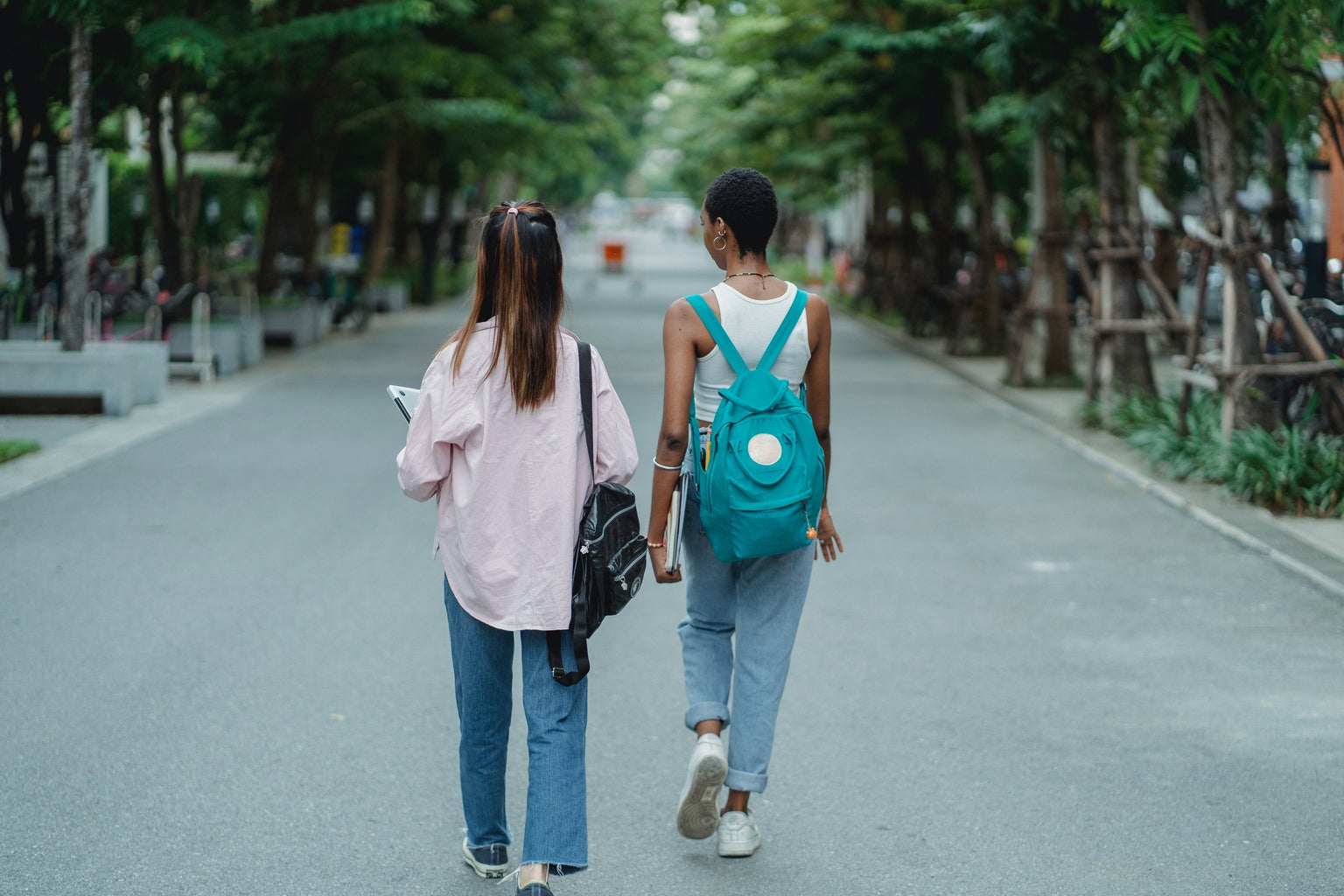Stanley cups, clean girl aesthetic, maximalism, Y2K, cottagecore (throwback to 2020) – these are just some of many microtrends that have made their rounds most popularly on TikTok, as well as Instagram. While we can all admit to indulging in some of these trends, have we really reflected on the impacts microtrends and fast fashion have environmentally and socially?
It seems that with every season, TikTok popularizes a new niche trend, whether that be clothing, makeup, or nail styles. With that comes hundreds of thousands of people around the world buying new items to fit into the current lifestyle TikTok and social media push forward. I have seen countless TikTok videos asking questions along the lines of, “Girls – what jacket are we wearing this winter?”or, “What backpack is in style this semester?”, and while I can admit that asking TikTok for opinions can be useful, it usually ends up in overconsumption. Many people buy certain clothes and items that they don’t actually need, leading to detrimental effects on the environment.
Microtrends create higher amounts of consumerism, which in turn makes the fast fashion cycle faster. Once TikTok has moved on from a trend, many end up throwing away the items from a previous trend to make room in their closets for the next biggest thing. The Ontario Nature Organization (2023), reports that 37 kilograms of textile waste per person ends up in landfills each year in Canada. Textiles can take hundreds of years to decompose, and when they do, their fibres release carbon dioxide and methane, both of which are powerful greenhouse gasses that contribute to climate change.
The next time you go to buy that new jacket or purse, ask yourself if you really need it and if you will use it for longer than a trend cycle in order to minimize environmental effects – remember, there is no planet B.
With fast fashion and microtrends also come societal expectations and pressures put mainly on young girls from middle school to university. Social media, especially TikTok, has become the main hub for fashion and style advice for teenage girls and young adults.
Once a trend circulates online and young people (mostly Gen Z) begin seeing their favourite celebrities and influencers endorsing a trend, they become prone to buying the trending item. With that in mind, what happens to the people who simply cannot afford to keep up with the new trends? Those who can’t afford to buy the new trending lip oil or shoes can end up feeling like they do not fit in with their peers and often feel like outliers.
Not only can microtrends cause people to feel left out, they can also erase a sense of individuality and personal tastes. Rather than seeing individual senses of style on TikTok and social media, TikTok has become a blur of young people with near-identical styles. People on social media have started identifying this pattern of conformity as well, where many have started breaking out of trend cycles and showcasing their personal styles, which I absolutely love and think we need more of!
Basically, what I’m trying to say is that fast fashion and microtrends, while they can be entertaining to indulge in here and there, have strong effects on our environment and socialization. Many times, we don’t even think about the repercussions a TikTok trend can have, which needs to change. Be mindful about the choices you’re making while having fun!





